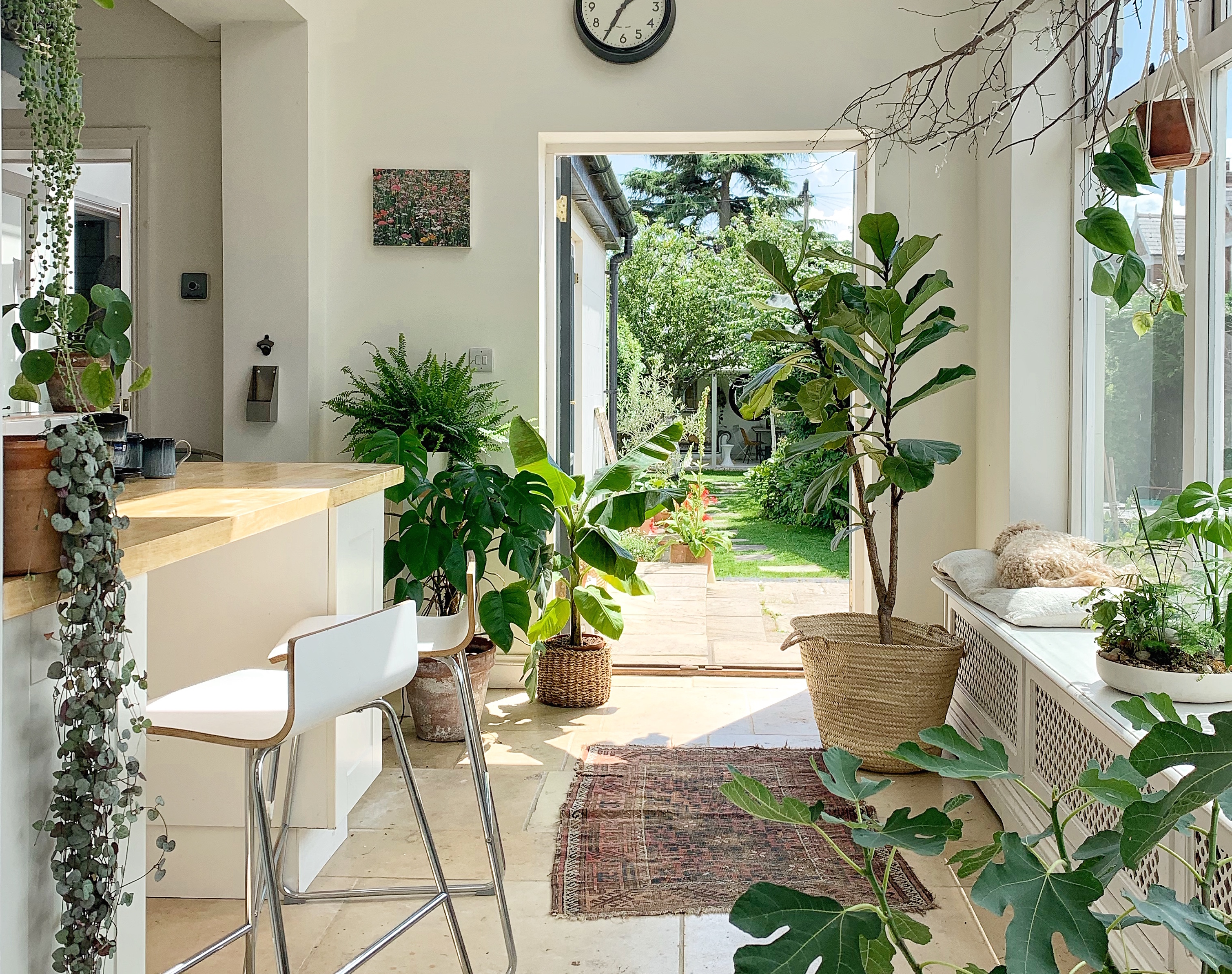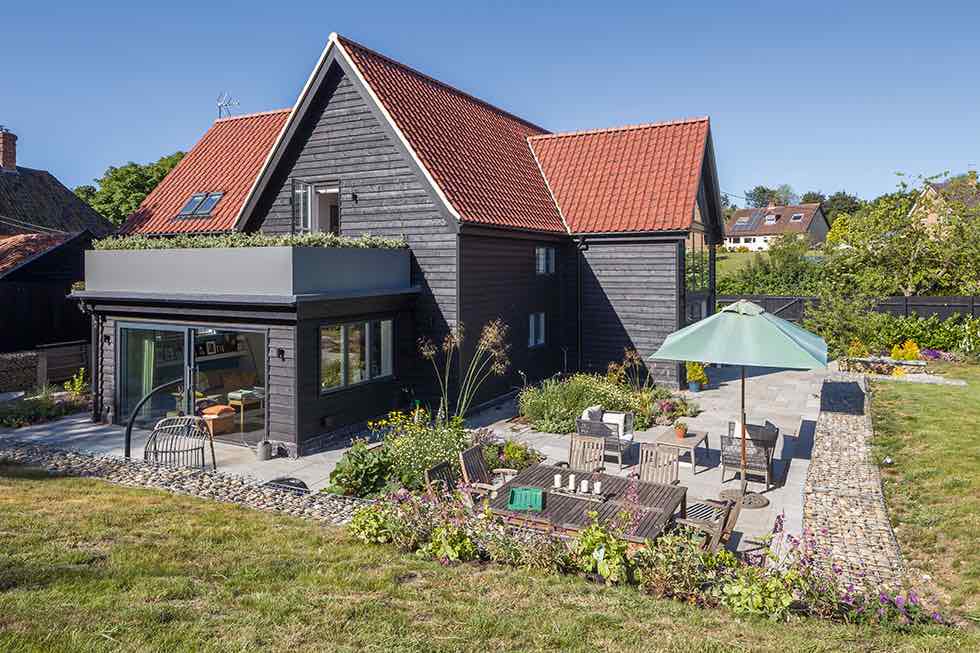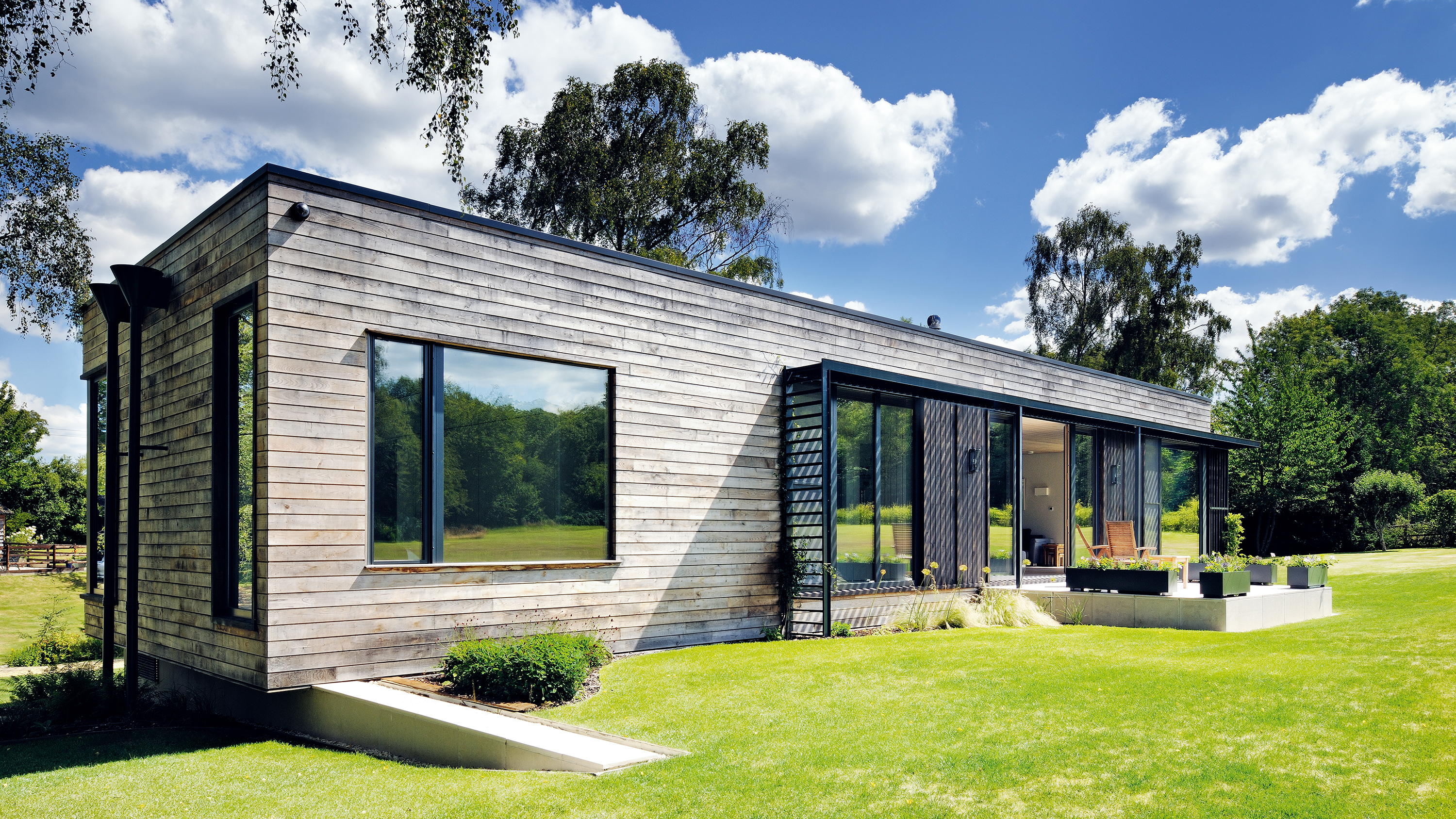

A study carried out by E.On has revealed that 16 million of us are planning to DIY this bank holiday weekend.
The results make it clear that sustainability is highest on the agenda for younger people, with 40 per cent of 18–24 year old homeowners planning on using sustainable renovating methods, as opposed to just 22 per cent of the over 55s.
While Nottingham has been found to have the most DIY-loving residents, with 40 per cent planning a renovation this bank holiday, homeowners in Liverpool shown the most interest in leading sustainable projects.
Of everyone asked, 50 per cent didn't know what their sustainable home options were, and 60 per cent said they'd like to make their projects more sustainable, if only they knew how.
And so, in light of this, E.On has partnered with Instagram Influencer Dee Campling, to share her top tips for sustainable renovations.
Over to Dee:
'Garages are often an untapped source of space that have the potential to add practical and financial value to your house. There are several ways that you can upgrade your garage to utilise space which could also make your home more energy efficient and sustainable.'
'If you're building a new garage, choose the correct material. Green concrete is a great building material to use, it’s partially comprised of waste concrete making it cheaper and more environmentally friendly. Also, if you're using your garage as an extra room, ensure that it is properly insulated.'
Join our newsletter
Get small space home decor ideas, celeb inspiration, DIY tips and more, straight to your inbox!
'But for the most significant, sustainable changes, look to your garage roof. Solar panels are a great idea and there are many options. If your garage roof is very visible, it may be worth investing in solar panels that look like part of your roof. '
'If you're really worried about their appearance, draw the eye away with other attractive things. Consider cladding with beautiful reclaimed materials, add plenty of bird and bee friendly plants, or paint the wall in either a natural colour or create a colourful mural.'
Get creative with insulation
Have you considered a living roof? Covering your roof with plants over a waterproof membrane? This is a great way to insulate your home for heat and sound. They also help to protect your roof, providing an extra habitat for birds and insects, while the extra greenery boosts well-being.
Get close to nature
Biophilic design is a concept within the building industry, which means designing homes in such a way that the homeowner feels closer to nature.
This has economic, health and environmental benefits, and there are many easy ways of bringing this concept into your home in a sustainable way:
- Choose large windows with triple glazing which you can open and close, allowing for both good insulation and natural air flow.
- Use naturally derived clay paints to bring natural colours to your walls with less damage to the environment.
- Buy natural, handmade homeware and furniture from small local businesses. This reduces the amount of air miles and the damaging effects of a 'fast fashion' mentality.
More on sustainability:

After joining Real Homes as content producer in 2016, Amelia has taken on several different roles and is now content editor. She specializes in style and decorating features and loves nothing more than finding the most beautiful new furniture, fabrics and accessories and sharing them with our readers. As a newbie London renter, Amelia’s loving exploring the big city and mooching around vintage markets to kit out her new home.
-
 How to save money with an eco friendly home
How to save money with an eco friendly homeWhich eco-friendly upgrades to your home are really worth the investment? Find out with our guide
By Richard Sexton Published
-
 Self build case study: contemporary mobile home in the New Forest
Self build case study: contemporary mobile home in the New ForestJess and Ian Fletcher commissioned a contemporary wood-clad home, built to Passivhaus standards, with lots of natural references to the beautiful setting
By Caroline Ednie Published